Beyond the Ballot: Analysis and Implications of the South Korean General Election in 2024
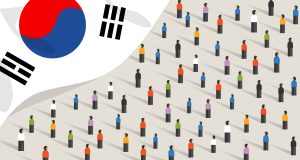 The South Korean parliamentary election was everything it was hyped up to be, except for the result. With the conservative ruling party adding just five seats, the People Power Party (PPP) fell short of their desired 110+ seats, which would have been a face-saving loss for the leadership. By securing just 90 single-member district seats and 18 semi-proportional representation seats, the ruling party barely prevented the opposition front from achieving a veto-proof supermajority. For this reason, the result was interpreted as a disappointing one for the ruling party. However, one bright spot in this election was the high turnout, which was aided by a very competitive race and the entry of a new third party led by former Justice Minister Cho Kuk. Although the result portends a difficult road ahead for the president and the conservatives, the opposition parties’ ability to constrain the administration will depend on how well they can work together in the coming months.
The South Korean parliamentary election was everything it was hyped up to be, except for the result. With the conservative ruling party adding just five seats, the People Power Party (PPP) fell short of their desired 110+ seats, which would have been a face-saving loss for the leadership. By securing just 90 single-member district seats and 18 semi-proportional representation seats, the ruling party barely prevented the opposition front from achieving a veto-proof supermajority. For this reason, the result was interpreted as a disappointing one for the ruling party. However, one bright spot in this election was the high turnout, which was aided by a very competitive race and the entry of a new third party led by former Justice Minister Cho Kuk. Although the result portends a difficult road ahead for the president and the conservatives, the opposition parties’ ability to constrain the administration will depend on how well they can work together in the coming months.
What Happened?
Voter participation was high, with early turnout at 31.3 percent and total turnout at 67 percent, which was 0.8 percentage points higher than the election in 2020 (Figure 1). Initial exit poll results projected a landslide victory for the Democratic Party (DP), which would have allowed them to achieve a veto-proof majority (200 seats), but this result never materialized. What this suggests is that the early votes, which were not reflected in the exit poll, are likely to have favored the conservatives more so than the progressives, contrary to mainstream media analysis.
In the end, however, the result was as predicted. The ruling party gained a few seats but not enough to tip the balance of the legislative process in their favor (Figure 2 and Figure 3).
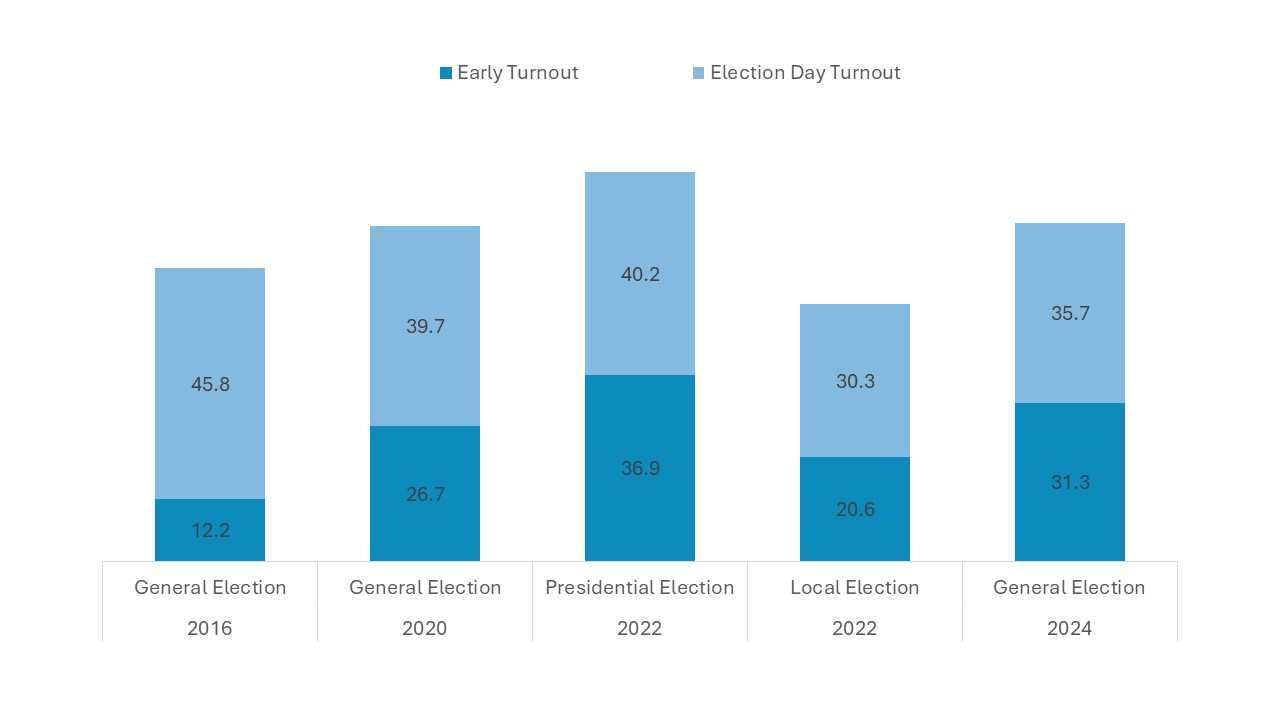
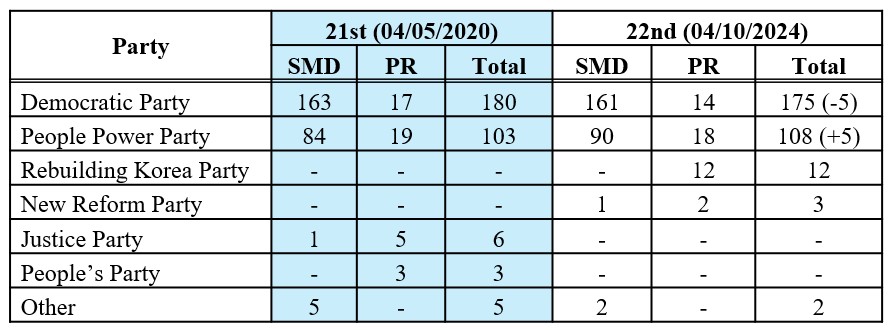
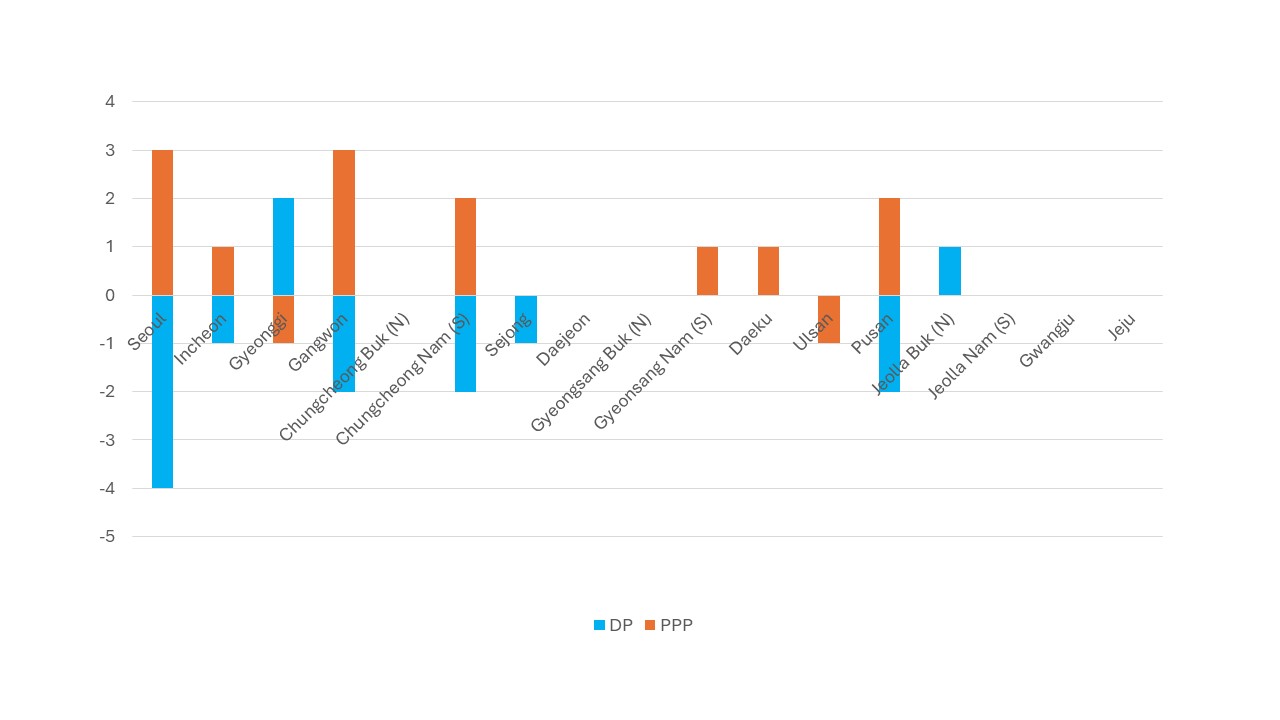
Twenty-four of the 254 single-member district races were nailbiters, with a margin of victory being less than three percentage points. Although the outcome was not a complete loss for the PPP, the conservatives’ inability to prevent the opposition coalition from attaining a filibuster-proof supermajority (i.e., greater than 180 seats) was interpreted as a failure. At the end of the day, the interim PPP leader, Han Dong-hoon, had to admit defeat and resign from his post, as did most of the key personnel in the presidential office except for the national security team.
One of the newly formed opposition parties, the National Innovation or Rebuilding Korea Party (RKP), promptly moved to follow through on their campaign promise by demanding the investigation of the First Lady in a press conference staged in front of the Supreme Prosecutor’s Office building the day after the election.
Why Did It Happen?
Established wisdom in election studies suggests that voter participation depends on three factors: 1) the likelihood of an individual vote being pivotal; 2) stakes in the election outcome; and 3) costs of voting.[1] The high turnout appeared to be the result of these three conditions in this election.
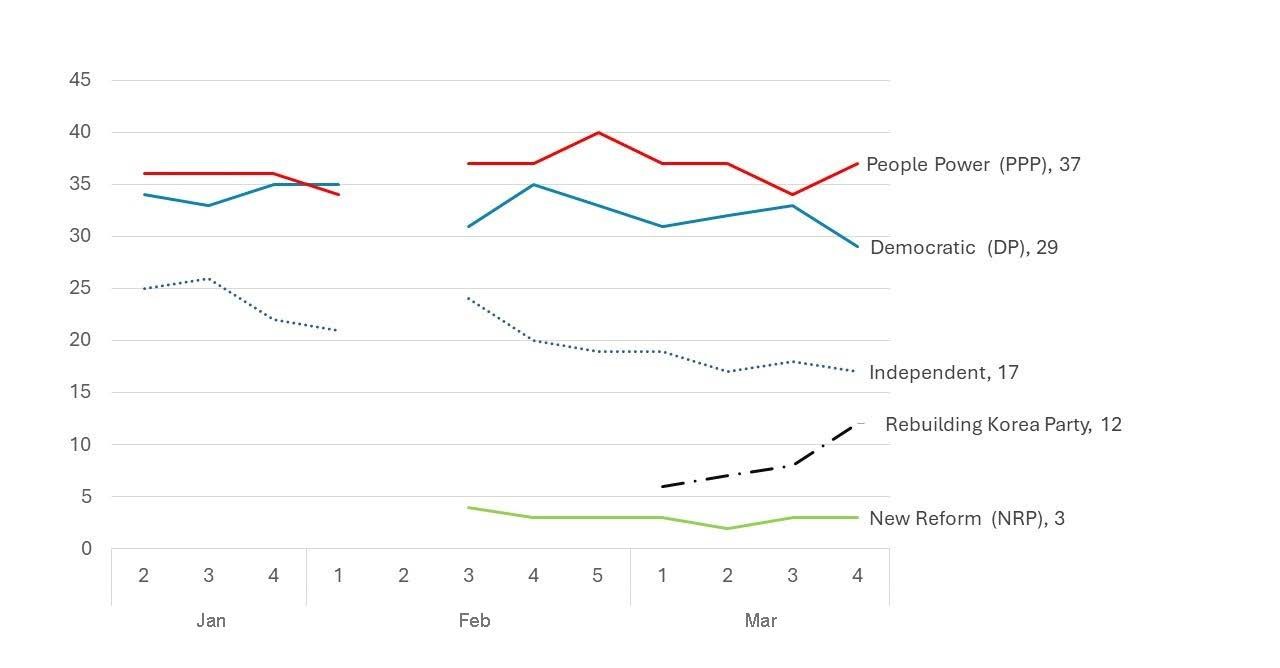
First, the polls leading up to the election showed neither of the two major parties having a clear advantage (Figure 4). Although the conservatives appeared to be slightly ahead, the marginal difference was relatively small, and a significant number of independent or undecided voters meant that the election was very difficult to predict. In short, the high uncertainty of outcome translated into a higher probability that an individual vote would play a more decisive role in the result.
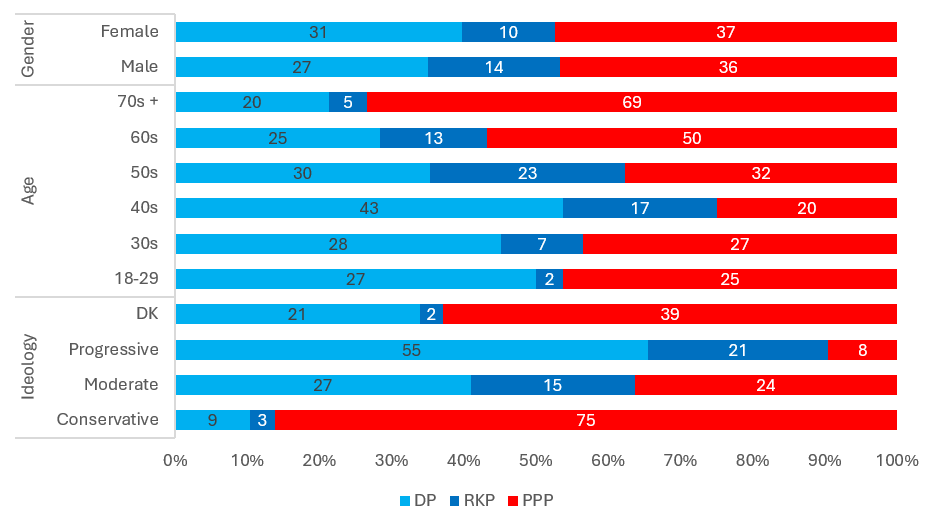
Higher turnout was also aided by the introduction of new parties, such as the RKP, which was able to energize undecided voters. In fact, when we compare the characteristics of the support for the RKP, we can see disproportionate support among individuals in their 40s (17 percent) and 50s (23 percent) and among those who self-identified as progressive (21 percent) or moderate (15 percent) (Figure 5). Incidentally, these are also the groups that tended to support the DP more so than the PPP. Given the higher early voting turnout in Jeolla Province and the result, which seems to suggest that many moderate votes are likely to have gone toward the RKP (see below), the introduction of third parties appears to have energized the undecided voters who were not entirely satisfied with the establishment choices.
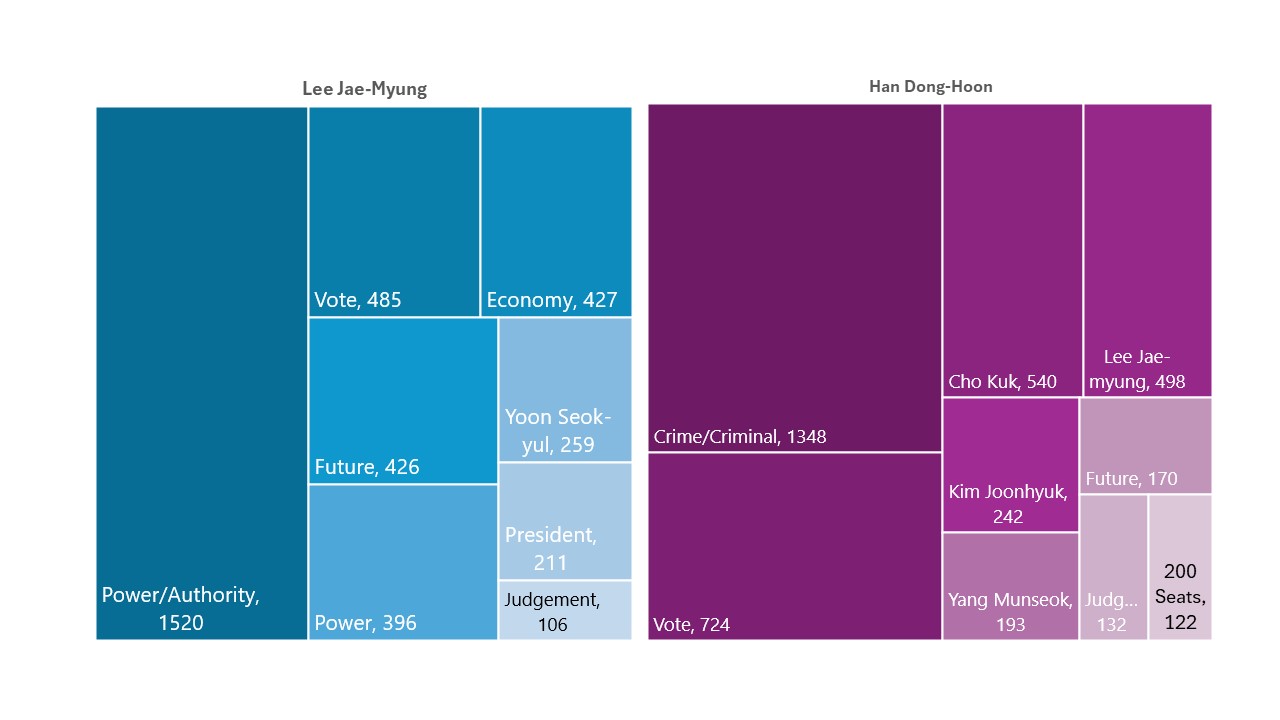
With respect to the stakes, the leaders of the two major parties sought to frame this election around the issue of passing judgment on each other’s party leadership (Figure 6). Although the PPP presented concrete policy platforms that hinged on measures such as elimination of capital gains tax, valuing up equities in the stock market, and relocating the parliament from Yeouido to Sejong City, among others, none of these substantive policy issues really became the focal point of this election. Instead, both parties resorted to negative campaigning. As the content analysis of the stump speech by the leaders of the two major parties shows (Figure 6), the progressives focused on the president’s leadership style and the economy. The conservatives focused on individuals in the Democratic Party marred by different types of scandals. The events leading up to the election appear to have reinforced both side’s arguments, but this framing did not move the needle in either party’s favor.
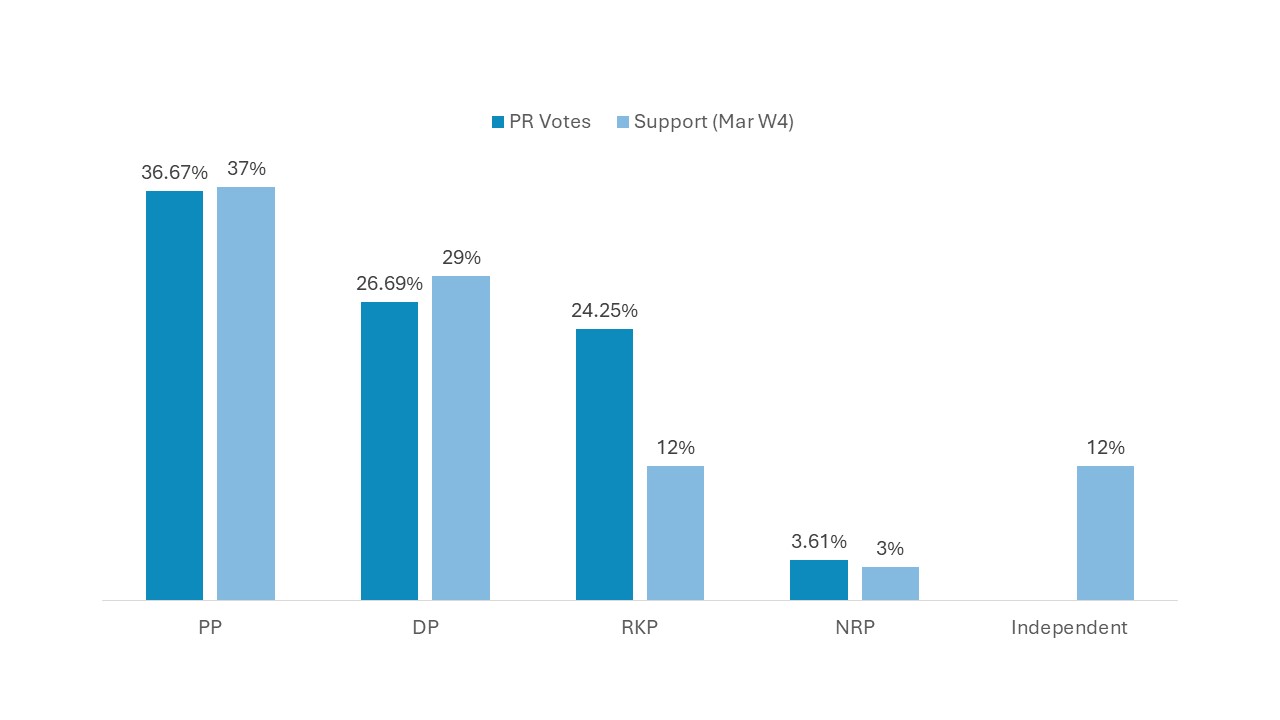
One especially striking result from this election was the strong correlation between the overall support for the major parties and the share of votes that each party received. If we stack the independent/undecided support with the support for RKP at the end of March, the partisan support for each party does a remarkably good job of predicting the PR vote for each party (Figure 7). The election dynamic at the district level is likely to differ depending on the candidate and the distribution of voter characteristics. Nonetheless, the results suggest that the framing in this election did little to move the needle in either direction, and the third party may have absorbed a sizable number of undecided votes.
What Now?
Basically, this election is interpreted as a referendum on the current administration. Depending on how well the opposition parties can work together to keep President Yoon’s agenda in check, the administration’s ability to push forward with its reform agenda is likely to be hampered.
This does not necessarily mean President Yoon will be a “dead duck” for the remainder of his term. President Yoon has had some success passing important legislation through the National Assembly over the past year when he had far fewer ruling party votes on the chamber floor. Moreover, it is yet unclear how close the cooperation between DP and RKP will be in the days ahead. Although the two parties have agreed to coordinate their effort in the next Assembly, there were moments when the DP leadership became weary of the RKP and its leader, former Minister of Justice Cho Kuk. Finally, there is the question of legal woes hanging over the heads of both leaders of the DP and RKP, Mr. Lee Jae-myung and Mr. Cho. Both men are being tried for fraud and corruption. The opposition dynamic can change depending on the outcome of these cases.
Whoever may be in charge, President Yoon will have to figure out a way to work with the opposition if he wishes to pass more of his policy agenda. If not, there is a danger that he will not be able to achieve much in the next three years. Some observers argue that he may double down and push forward with his agenda unilaterally using vetoes and presidential orders. In this case, Yoon is likely to meet strong resistance from the opposition and Korean interbranch relations are likely to become more contentious.
That said, President Yoon’s foreign policy orientation is not likely to change much, given that the executive retains the power to set the agenda on most of these matters in presidential systems. However, the opposition can constrain the president’s foreign policy agenda through legislative intervention via ratification or auxiliary implementing legislation. The administration’s credibility and bargaining leverage on the international stage could be weakened if it consistently fails to deliver on the promises it makes with its counterpart due to domestic political constraints.
Geopolitical and geoeconomic trends may also impact domestic political dynamics. With deepening US-China competition, the upcoming US election and increased coordination between North Korea and Russia, national security and foreign policy challenges could become especially acute, if not significantly problematic, for South Korea until the next presidential election three years from now. At some point, however, partisan differences are more likely to be set aside when opposing political factions realize they are faced with an overwhelming national security or foreign policy challenge. Hopefully the different parties in Korean politics will come to this realization before it’s too late.
- [1]
Aaron Edlin, Andrew Gelman and Noah Kaplan, “Voting as a Rational Choice: Why and How People Vote to Improve the Well-Being of Others,” Rationality and Society 19, no. 3 (2007): 292-314.
